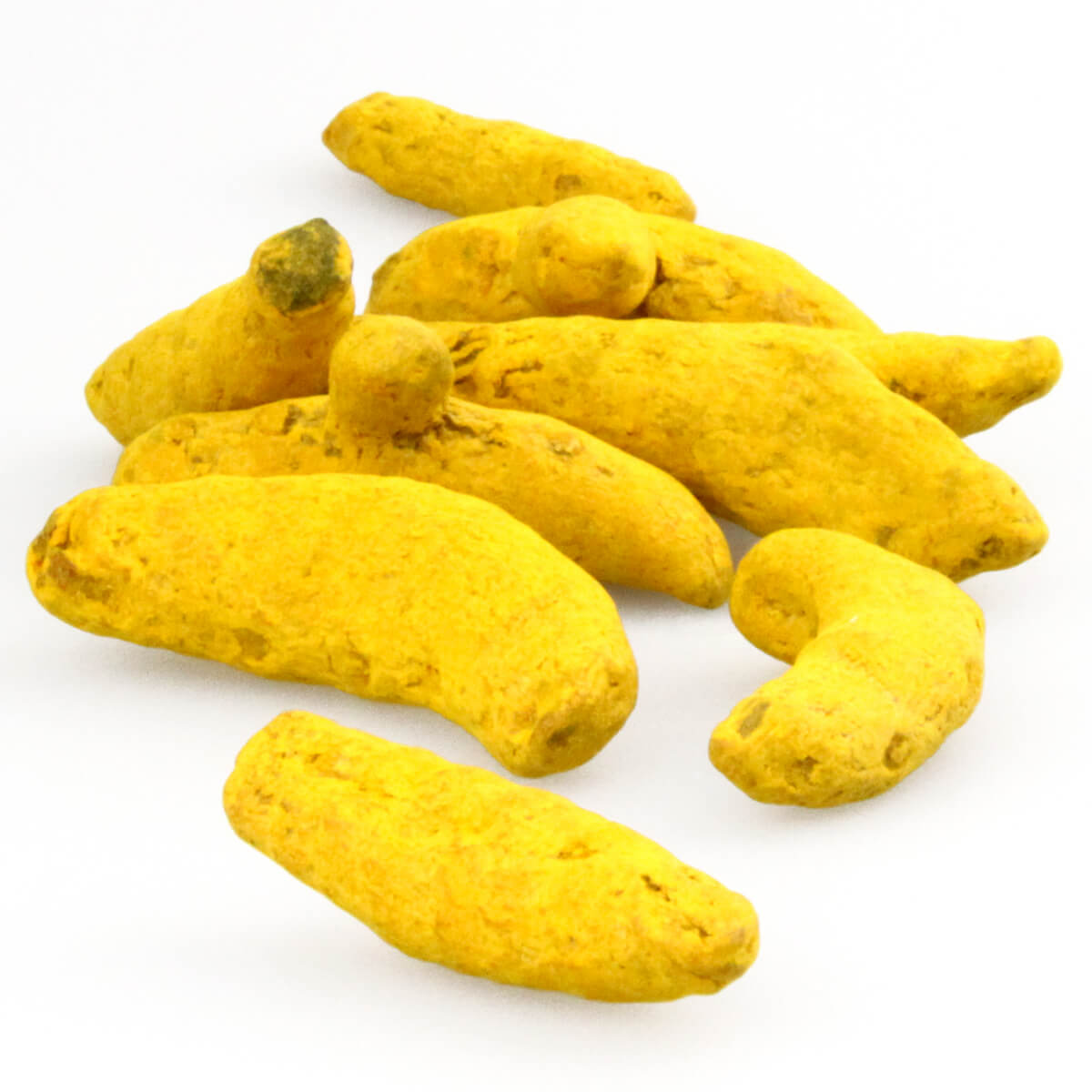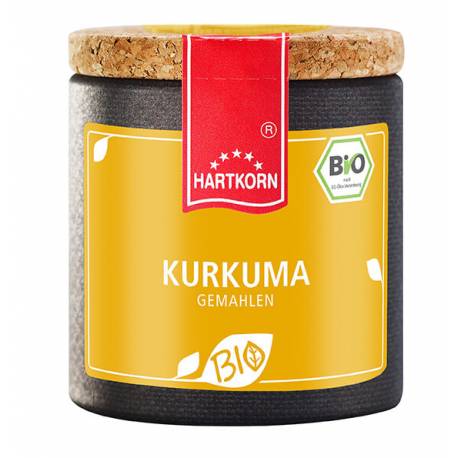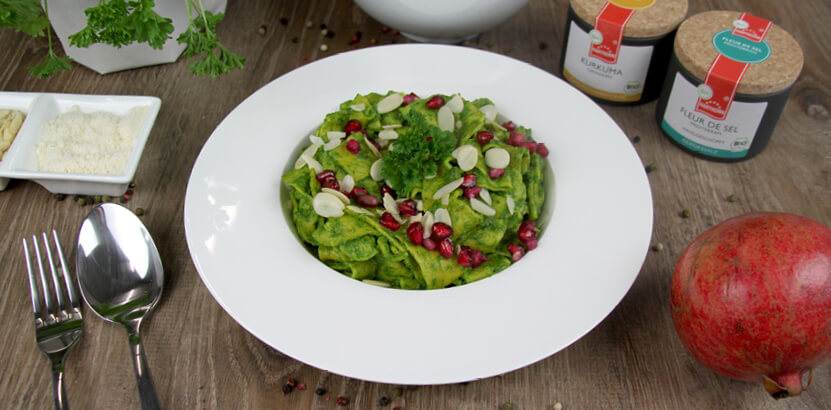Synonyms: Botanical family: origin: Classification: spice shape: flavor: odor: use: Curcuma has an aromatic ginger-like scent and tastes burning-spicy and slightly bitter. While turmeric is used as a pure spice in England and the USA, it is used in Germany and most other European countries for the production of spice mixtures and spice preparations. Thus turmeric gives most curry powders their yellow color. The strong coloring property therefore also gave the plant - or its rootstock - the name turmeric. And because turmeric glows so brightly in the sun, the Alsatian Pharmacopoeia of 1418 sometimes states that turmeric grows in the countries around sunrise. It is also used as a spice in Worcestershire sauce and in vinegar vegetables. Turmeric is also frequently used in the perfume industry and in dyeing. tip: Recipe suggestion: knowledge: Botany: Home & Spread: cultivation & extraction: history: Curcuma
General information
Application
Things to know
 Botanical name:
Botanical name:
Curcuma domestica VAL.
orange
Ginger plants
Asia
spice
rootstock
mild-spicy, slightly bitter
strong and aromatic, spicy
In the East African kitchen. Rice noodle dishes, soups, sauces, fish, seafood, poultry, chutneys
The coloring properties make it a cheap substitute for saffron
Potatoes with cheese sauce: Cut boiled potatoes into slices. Marinate onion rings with juice of 1/2 lemon, ground chili, salt and pepper. For the cheese sauce grate 175 g cheese, mix with 225 ml cream, 1 teaspoon turmeric and 1 chopped chili pepper. Heat 3 tbsp. olive oil in a pot and let the sauce simmer for 5 minutes. Pour everything over the potatoes. At the end add the marinated onions. Garnish with olives and egg halves.
History: Until a few years ago, turmeric was known exclusively as a coloring component of curry, but now turmeric is also used more frequently as a single spice.
The perennial plant from the ginger family shoots 2.0 to 2.5 m long, strongly stemmed, lanceolate leaves and a dense ear of yellow flowers from a bulbous rootstock. The fleshy root bulb develops cylindrical side shoots, from which new rhizomes and plants are formed.
From its home in Southeast Asia (turmeric has been cultivated for a long time in Vietnam, South China and Indonesia), the plant came to India and was later brought to the West Indies and South America.
In field crops, the long side shoots of the root tubers are placed in suitable soil. After 10 months the root tubers are freed from the so-called rhizomes. This is followed by a short scalding process, in which the existing cork layer is peeled off and the harvest is dried in the sun. A deep orange-yellow color on the freshly broken part of a dried tuber is considered a quality feature of good goods.
From India, turmeric was brought to the Mediterranean region by the Arabs at an early stage via the old caravan routes and trade routes. It has been valued since ancient times as a spice as well as a healing and coloring agent. Furthermore, turmeric as "Indian saffron" often replaced the much more expensive real saffron as food dye.
http://de.wikipedia.org/wiki/Kurkuma







